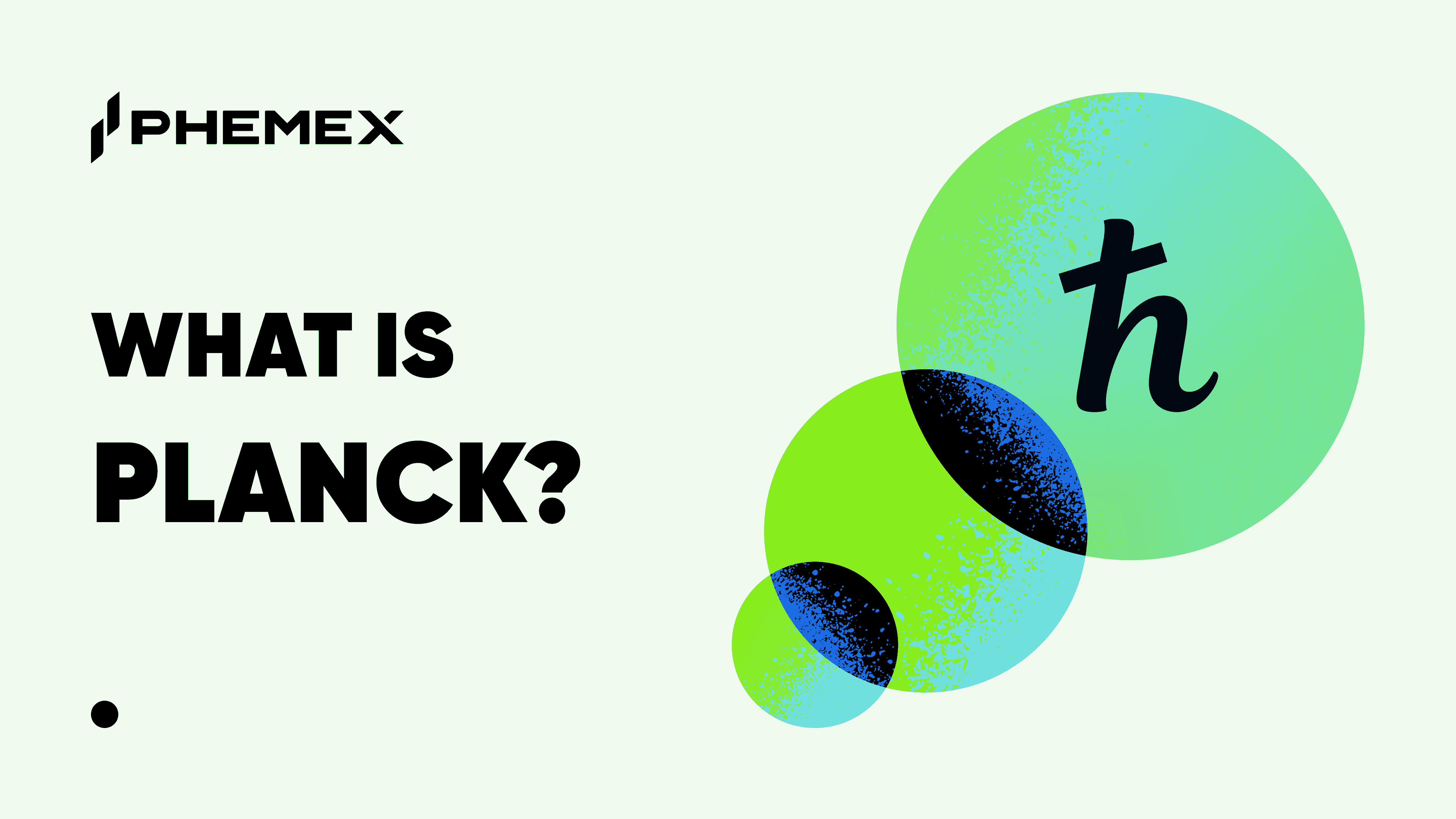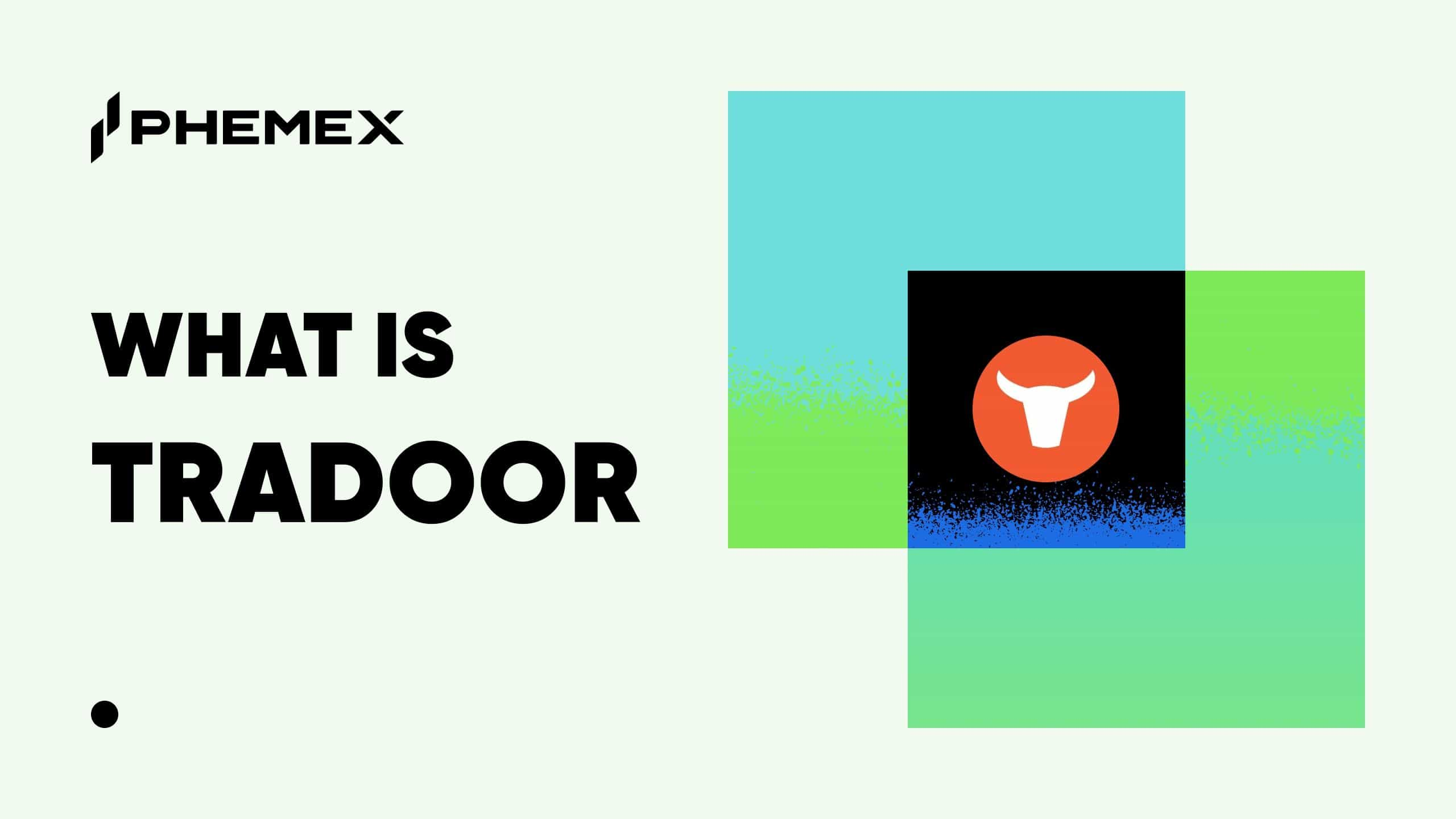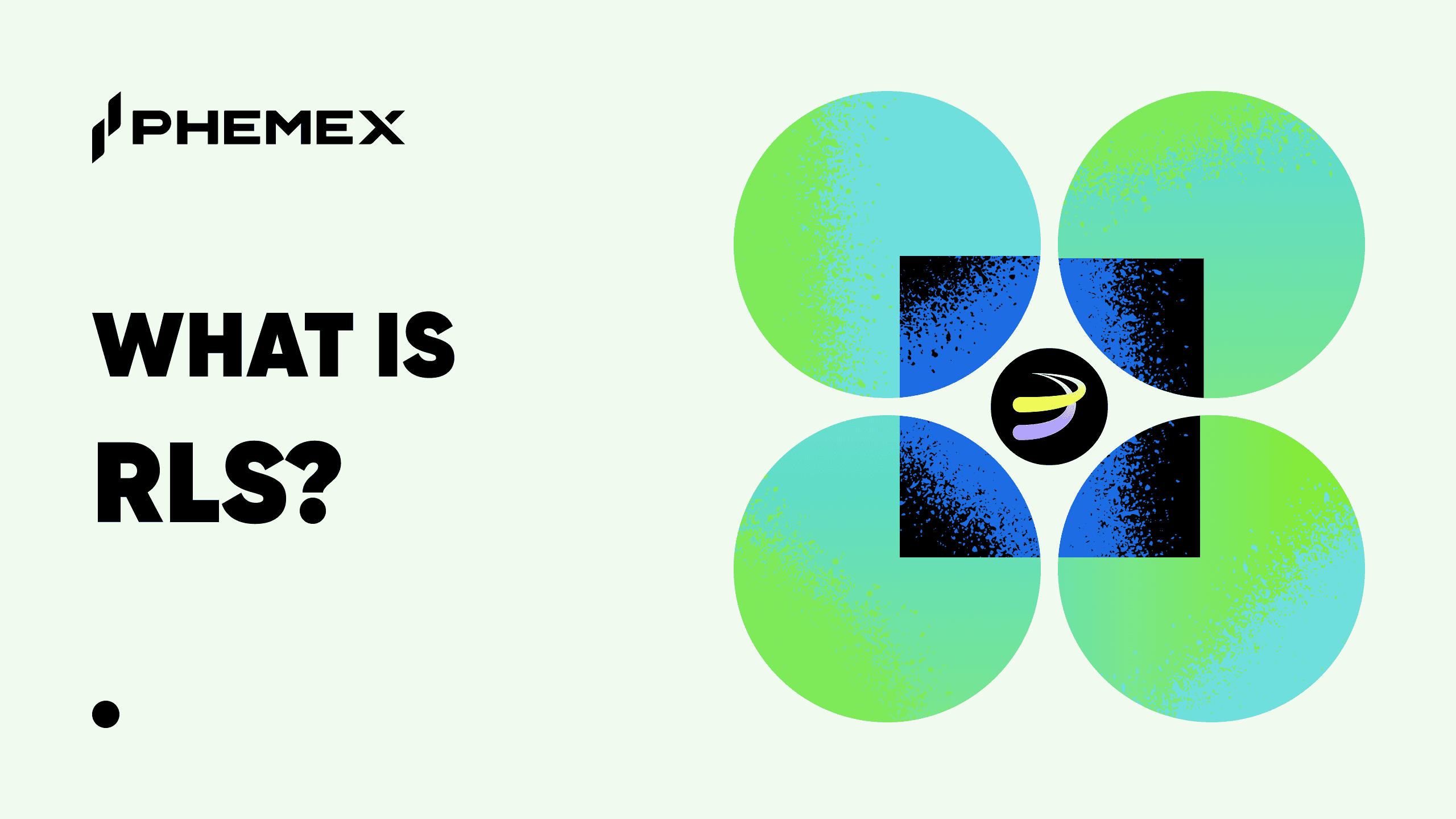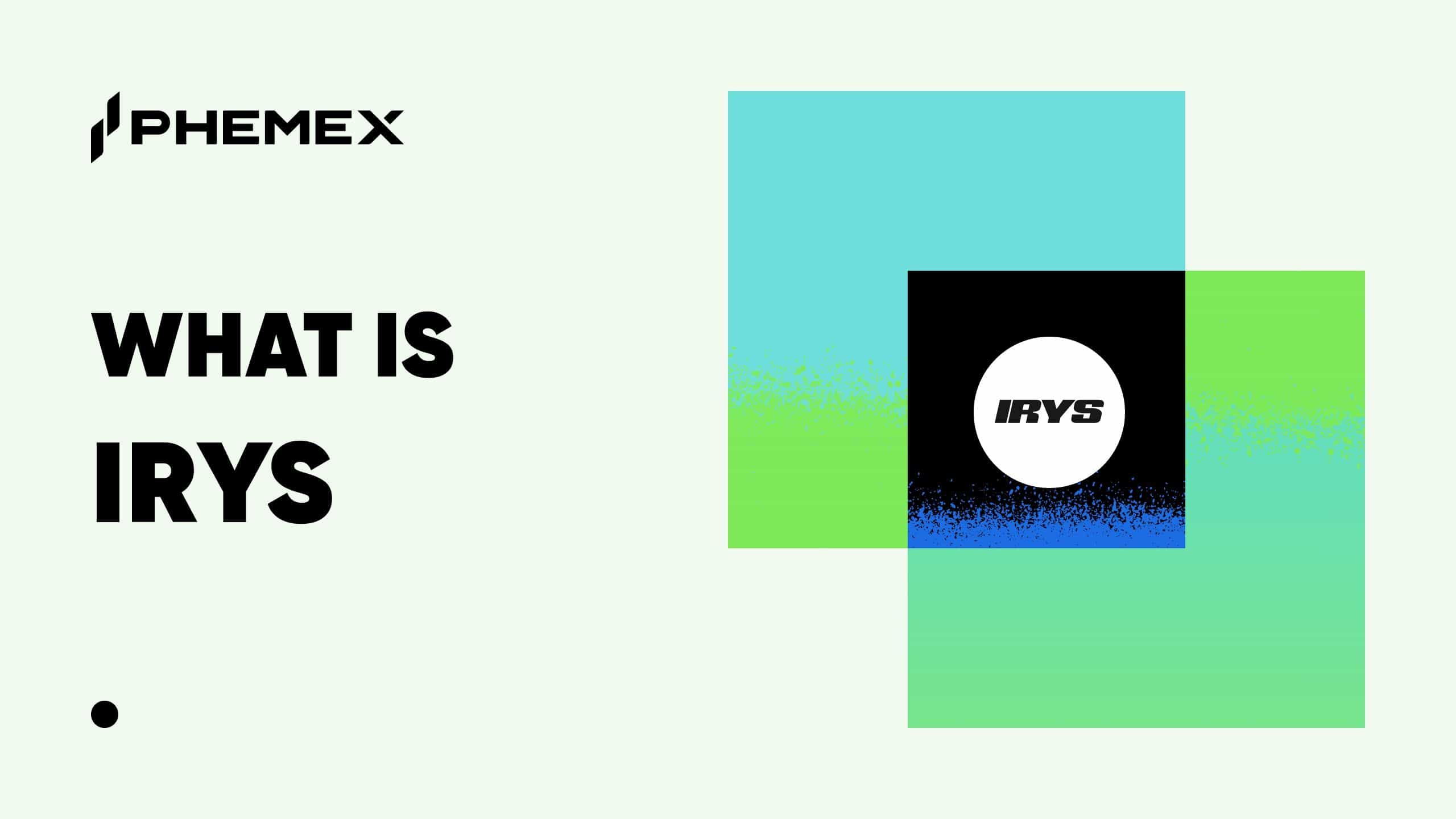The intersection of artificial intelligence (AI) and blockchain technology is creating new opportunities for innovation. Planck is a project at the forefront of this movement, aiming to build the AI computing stack of tomorrow by decentralizing access to the high-performance computing resources that power AI development. This guide explores the Planck network, its native token PLANCK, and how it's changing the landscape of decentralized AI.
Summary Box (Quick Facts)
-
Ticker Symbol: PLANCK
-
Chain: Modular Layer-0 and Layer-1 Blockchain
-
Circulating Supply: Approximately 76.56 million
-
Total Supply: 500 million
-
Primary Use Case: Decentralized AI cloud computing, DePIN
-
Current Market Cap: Approximately $13.93 million
What Is Planck?
Planck explained simply, is a decentralized AI cloud platform aiming to provide a comprehensive AI computing stack. This includes computing infrastructure, an "AI Studio" for development, and foundational models. The project's mission is to solve the problem of centralized and costly AI development by offering enterprise-grade GPU infrastructure at a significantly lower cost—claiming to be up to 90% cheaper than hyperscalers like AWS.
The architecture combines two core components:
-
Planck₀: A modular Layer-0 protocol that acts as the coordination layer, providing shared security and interoperability for launching new AI-native L1s, rollups, and DePINs.
-
Planck₁: A sovereign Layer-1 compute chain designed specifically for AI workloads, with native features for GPU scheduling, inference, and payments.
This positions Planck as a foundational layer for the next generation of decentralized AI applications and agent economies.
How Many PLANCK Are There?
The total supply of PLANCK is fixed at 500 million tokens, establishing a deflationary model where a finite supply meets potentially growing demand.
The token allocation is structured to support long-term growth:
-
Emissions: 30.0%
-
R&D and Ecosystem: 20.0%
-
Core Team: 16.9%
-
Liquidity: 13.0%
-
Community: 4.5%
-
Pre-TGE Staking: 4.0%
-
Series A: 3.8%
-
Seed: 3.8%
-
Partnerships: 1.0%
-
Pre-Seed: 0.5%
-
KOL: 0.4%
-
Public Sale: 0.3%
The token release timeline indicates a staggered vesting schedule. For instance, "Emissions" are released over a very long period (up to 240 months) to sustain the ecosystem, while allocations for the "Core Team" and investors have shorter, multi-year vesting periods to align interests with the project's long-term success.
What Does PLANCK Do?
The PLANCK token is central to the ecosystem's function, with a wide range of utilities. The primary PLANCK use case is to facilitate every operation on the network. Its functions include:
-
Payments and Fees: Users pay for GPU compute, model training, and other cloud services with PLANCK. Token holders can also receive service discounts.
-
Staking and Security: Users can stake PLANCK with GPUs to secure the network and earn rewards. Those without hardware can co-stake with node operators. App-chains can also bond PLANCK to inherit shared security from the Layer-0.
-
Network Operations: The token is used for on-chain resource scheduling, load balancing, and incentivizing validators and GPU node operators based on performance and uptime.
-
Ecosystem and Governance: PLANCK is used for ecosystem grants to fund new development. It also facilitates cross-chain settlement and unlocks token-gated access to advanced features on the AI Studio and GPU Console.
-
Economic Stability: The Planck treasury uses a portion of its fiat revenue from services to buy back PLANCK from the open market, creating a deflationary pressure.
PLANCK vs. Bitcoin
Comparing PLANCK to Bitcoin highlights their fundamental differences in technology, purpose, and design.
| Feature | PLANCK | Bitcoin |
| Technology | Modular Layer-0/Layer-1 with a Proof-of-Useful-Work (PoUW) consensus mechanism optimized for AI. | Monolithic Proof-of-Work (PoW) blockchain designed for secure transactions. |
| Primary Use Case | Powers a decentralized AI cloud computing network and DePIN ecosystem. | Functions as a peer-to-peer electronic cash system and a store of value ("digital gold"). |
| Speed and Fees | Designed for high-throughput and low-cost transactions tailored for AI workloads. | Slower transaction speeds and variable fees, not optimized for high-volume computation. |
| Decentralization | Aims for high decentralization and security within its specialized, application-specific network. | Widely considered the most decentralized and secure cryptocurrency network. |
The Technology Behind Planck
Planck's technical foundation is its modular architecture, designed for scalable and decentralized AI. The project has already made significant investments in its physical infrastructure, with over $60 million in deployed high-performance GPUs, including Nvidia H100s, H200s, and B200s across global Tier-1 data centers.
This powerful hardware backbone supports its "GPU Console" and "AI Studio" platforms. To ensure broad adoption and interoperability, Planck has established strategic partnerships with major technology players, including Microsoft, AWS, Nvidia, and Chainlink.
Team & Origins
The Planck team is comprised of experienced professionals from major tech companies such as Google Cloud, Nvidia, Coinbase, Polkadot, and NEAR. The project is backed by several prominent figures and venture capital firms, including Brock Pierce (co-founder of Tether), Scott Walker, GDA Capital, and DePIN X. This strong backing provides the project with a solid foundation of expertise and resources.
Key News & Events
A key milestone for Planck has been achieving tangible commercial traction. The project has already generated over $1 million in platform revenue, validating its business model and the demand for its decentralized compute services. The official Token Generation Event (TGE) and mainnet launch on November 13, 2025, marked the public release of the PLANCK token and the full network, opening the ecosystem to a wider audience.
Is PLANCK a Good Investment?
Disclaimer: This is not financial advice. Crypto trading involves risks; only invest what you can afford to lose.
The PLANCK investment potential is closely linked to the growth of decentralized AI and the DePIN sector. Several factors suggest a positive outlook:
-
Strong Foundation: The project is led by a team with experience from top tech firms and is supported by credible industry investors.
-
Proven Demand: Having already generated over $1 million in revenue and deployed over $60 million in high-end GPU hardware, Planck has demonstrated a viable product and significant infrastructure.
-
Market Positioning: Its goal to be 90% cheaper than traditional cloud providers gives it a strong competitive edge in a rapidly growing market.
However, risks include the volatility inherent in a newly launched token and competition from other DePIN projects. The "PLANCK price" will likely be influenced by its ability to scale its user base and secure a larger share of the AI compute market. Potential investors should conduct thorough research before making any decisions.
Community Perspectives (via Reddit)
As Planck is a very new project with a recent TGE, there is limited community discussion on platforms like Reddit. The project's official channels, such as Telegram and Discord, are the primary hubs for community engagement and news about PLANCK. The general sentiment in these channels is positive, with a focus on the project's long-term potential and its innovative approach to decentralized AI.
How to Buy PLANCK on Phemex
For those interested in acquiring PLANCK, Phemex offers a straightforward way to do so. You can visit the Phemex platform to Trade PLANCK on the spot and futures markets. For a detailed guide, you can refer to Phemex's official How to buy PLANCK page.
FAQs
1. What is the primary use case for the PLANCK token?
The PLANCK token is used to access and pay for decentralized AI computing services on the Planck network. It is also used for staking, security, and governance.
2. What is DePIN?
DePIN stands for Decentralized Physical Infrastructure Networks. It is a sector of the crypto industry that uses blockchain technology to build and maintain real-world infrastructure, such as the computing resources offered by Planck.
3. Who is behind the Planck project?
The Planck team is made up of professionals with experience at Google Cloud, Nvidia, and Coinbase, and it is backed by notable investors like Brock Pierce, the co-founder of Tether.
Summary: Why It Matters
Planck is a project that sits at the cutting edge of two of the most significant technological trends of our time: artificial intelligence and blockchain. By creating a decentralized marketplace for AI computing, Planck has the potential to lower the barrier to entry for AI development and foster a new wave of innovation. With a robust technological foundation, significant hardware investment, and a clear revenue model, it is well-positioned to become a key player in the DePIN and decentralized AI space.
To learn more and stay up-to-date, Explore Phemex Academy for more guides and insights on the latest crypto projects.









